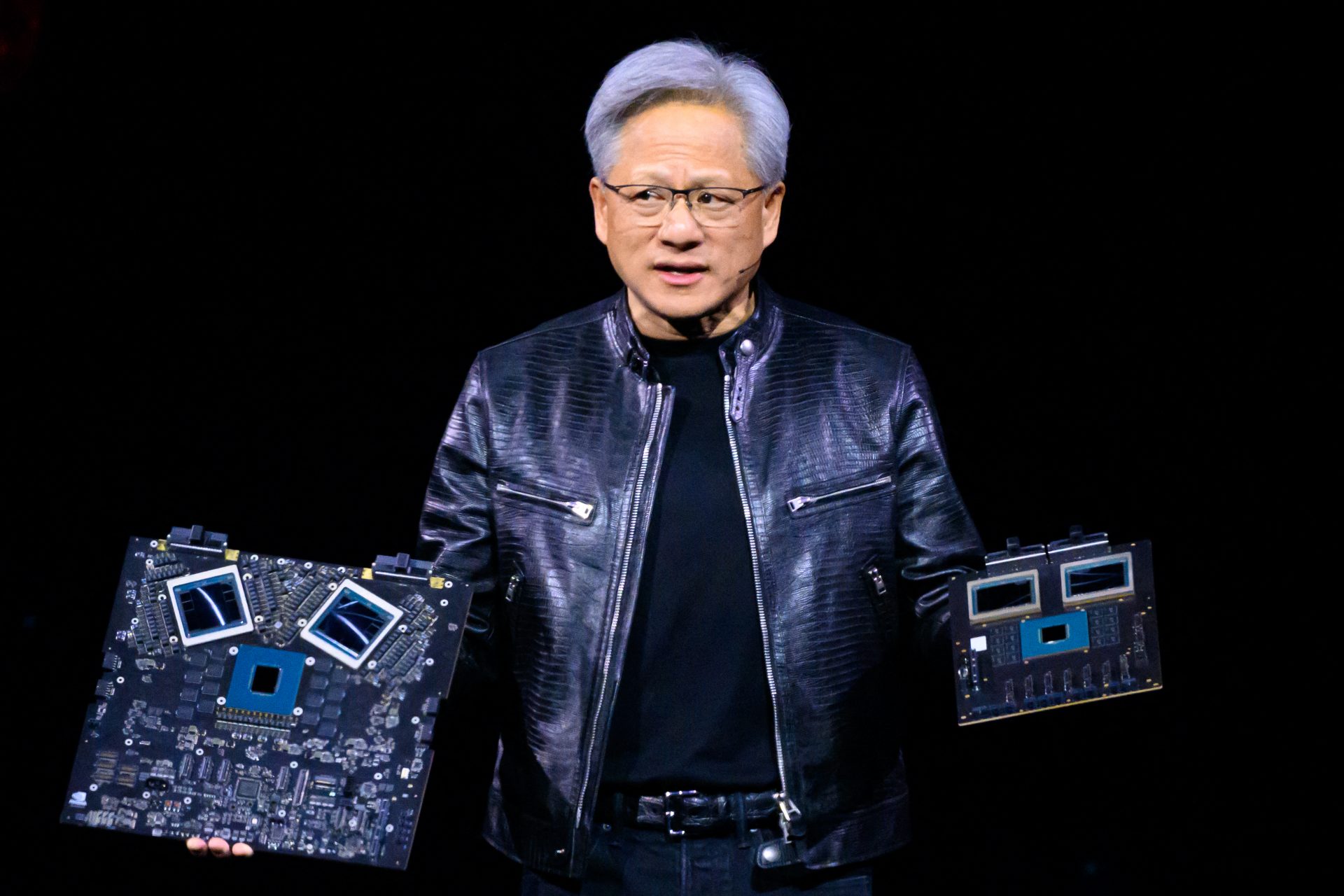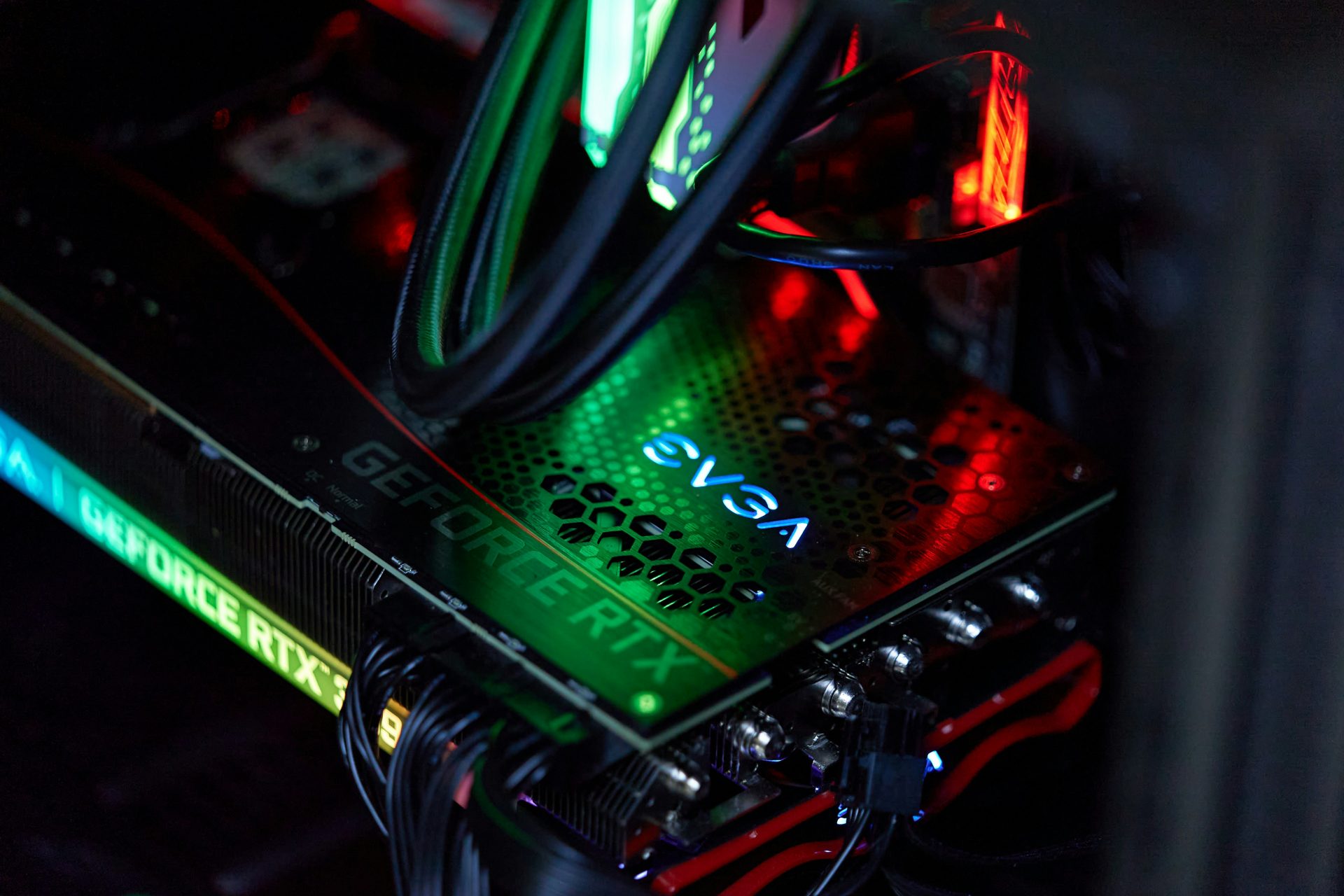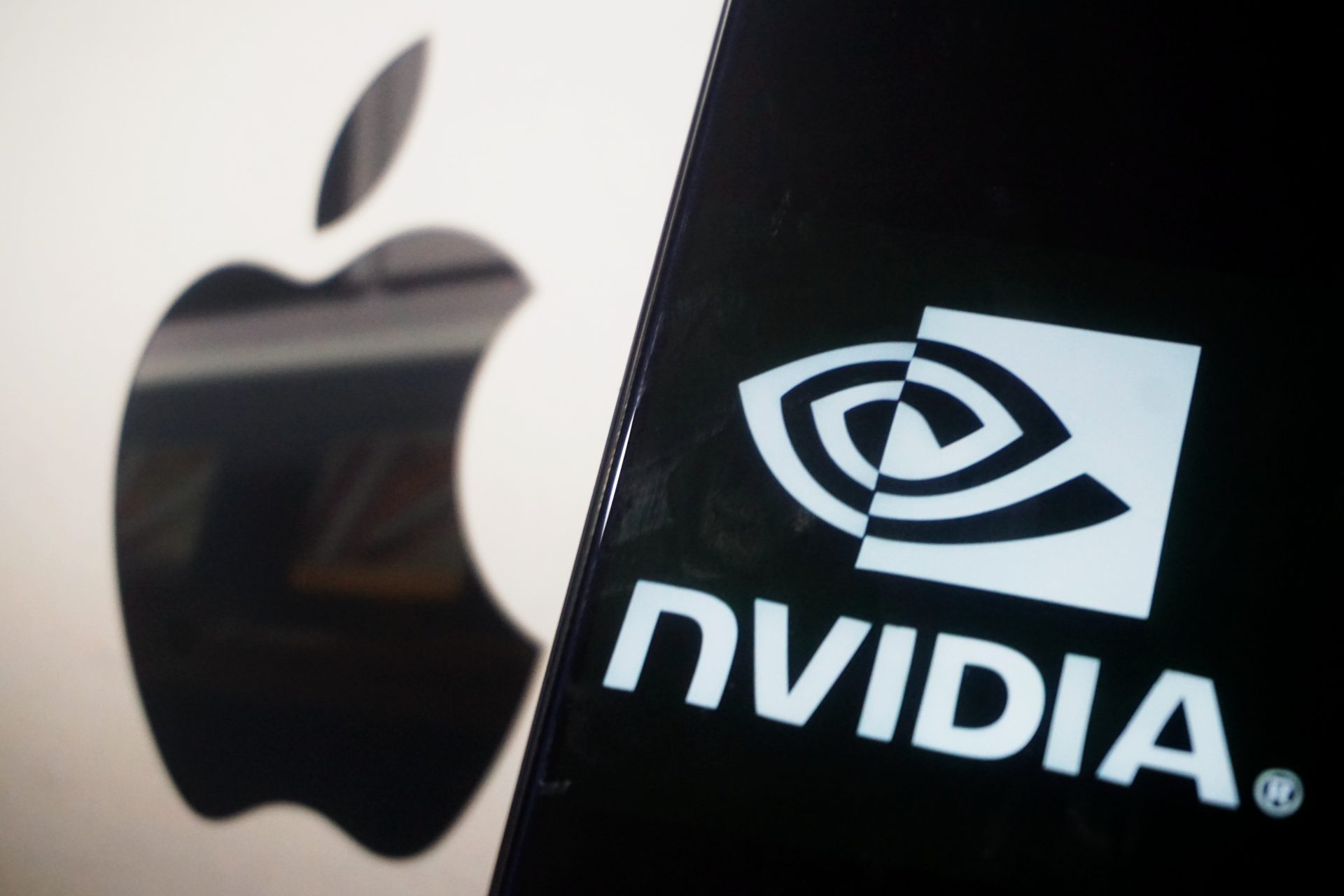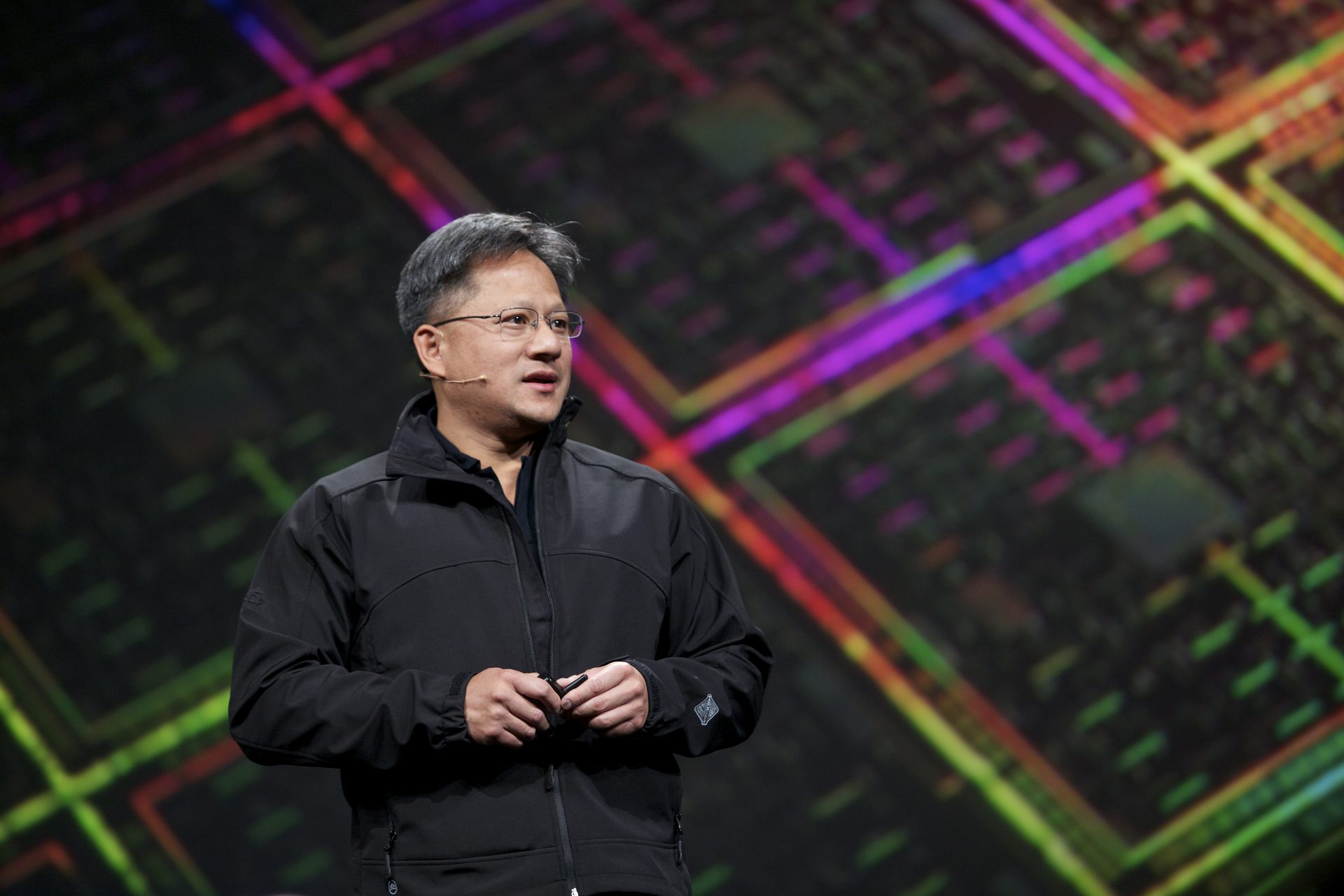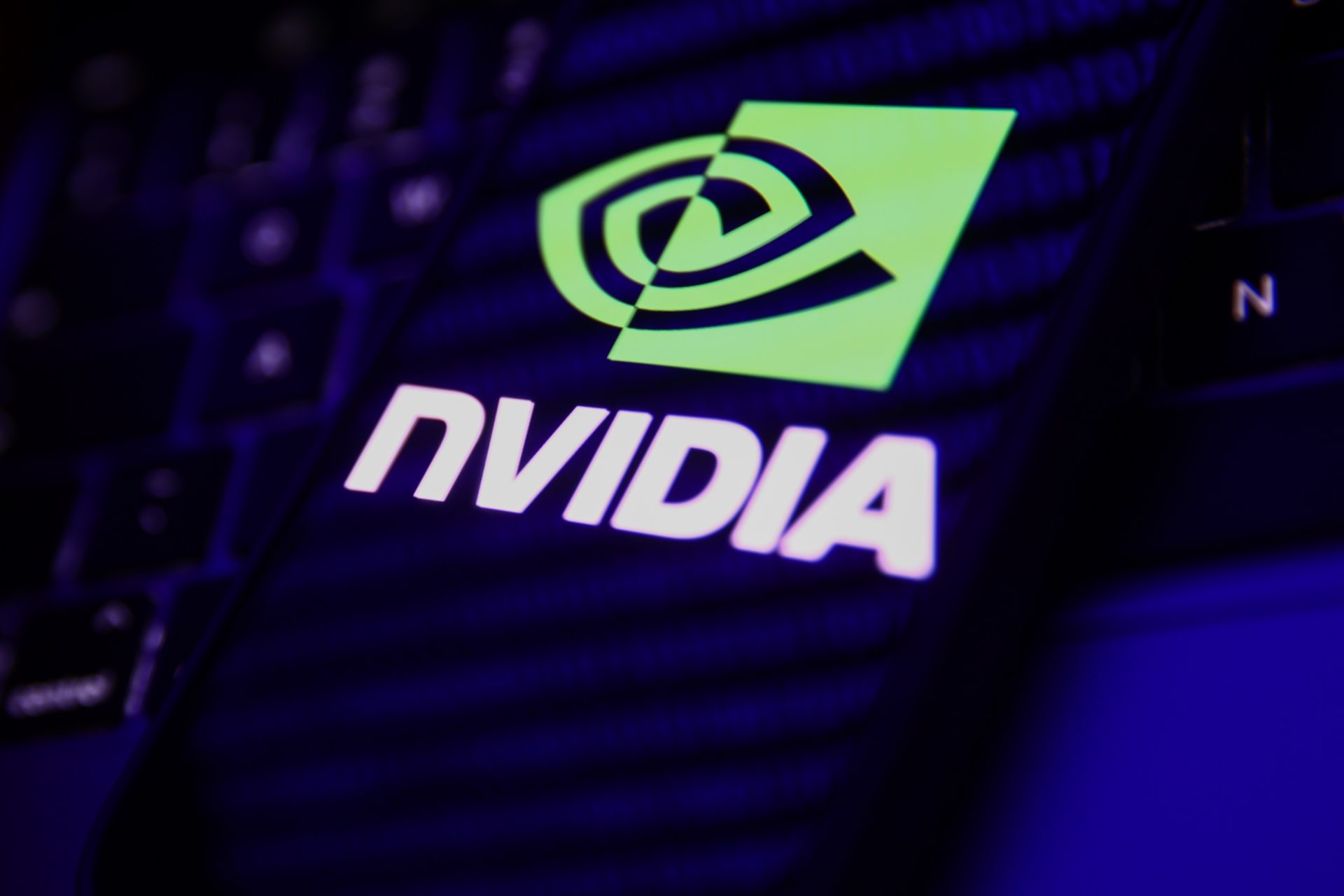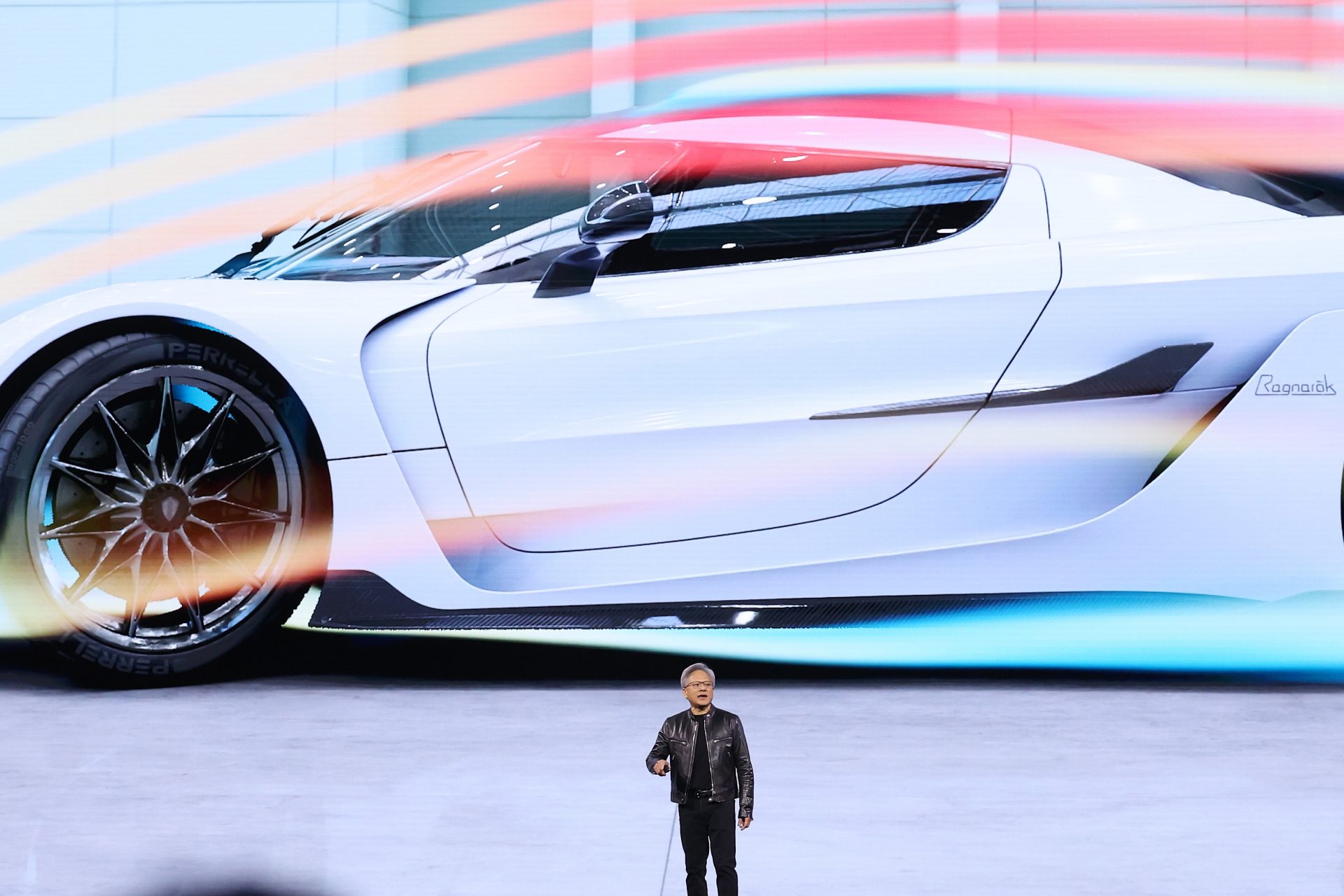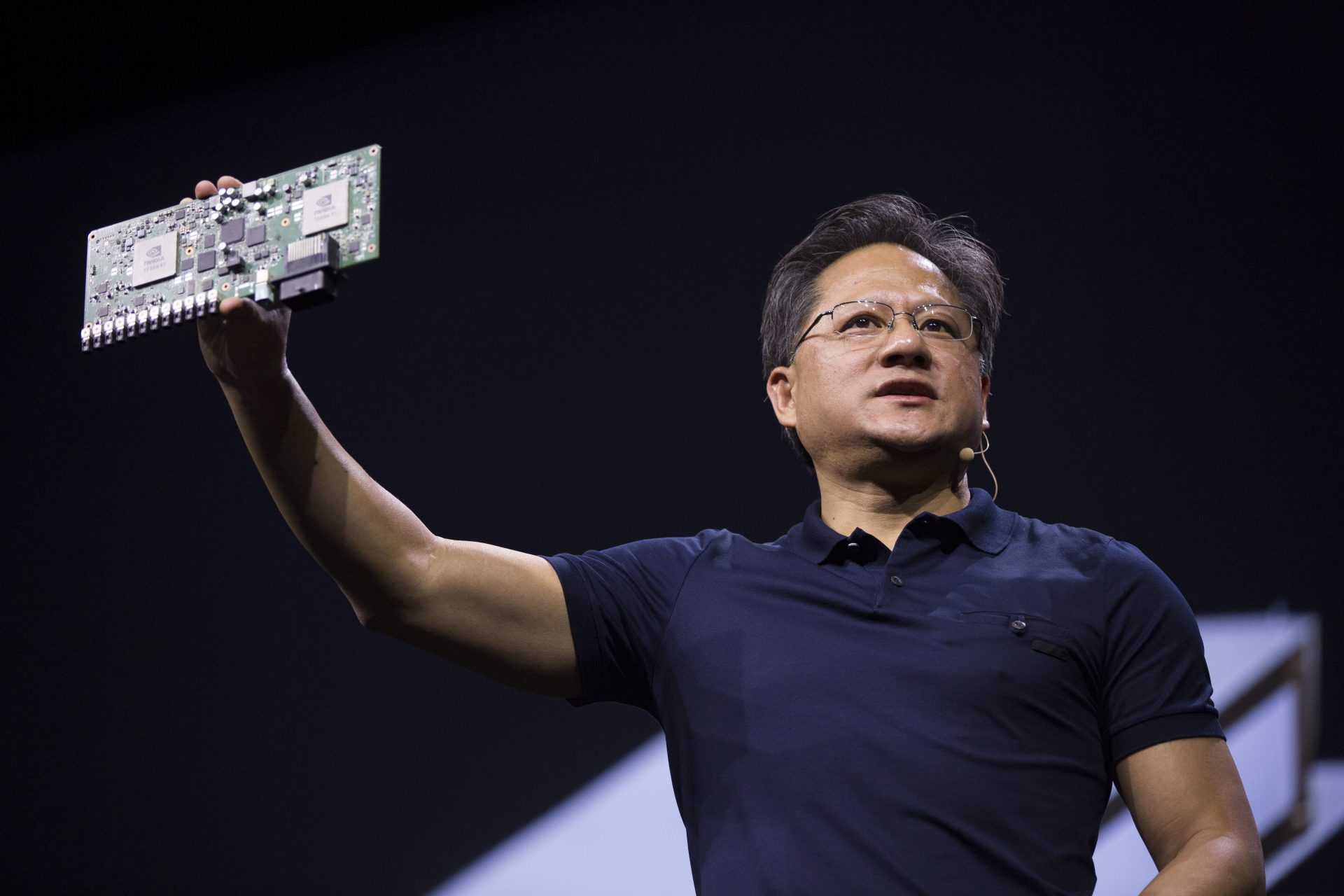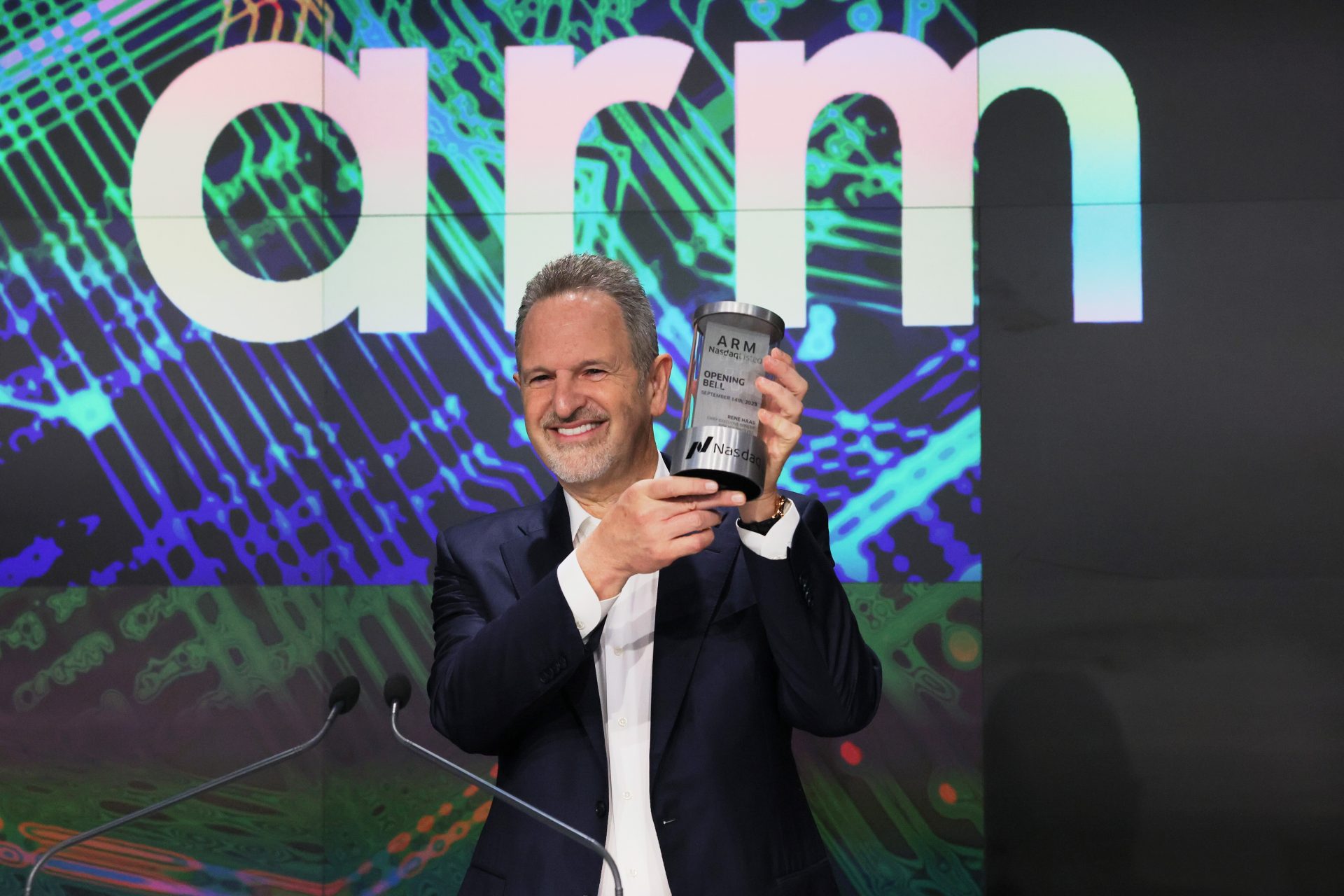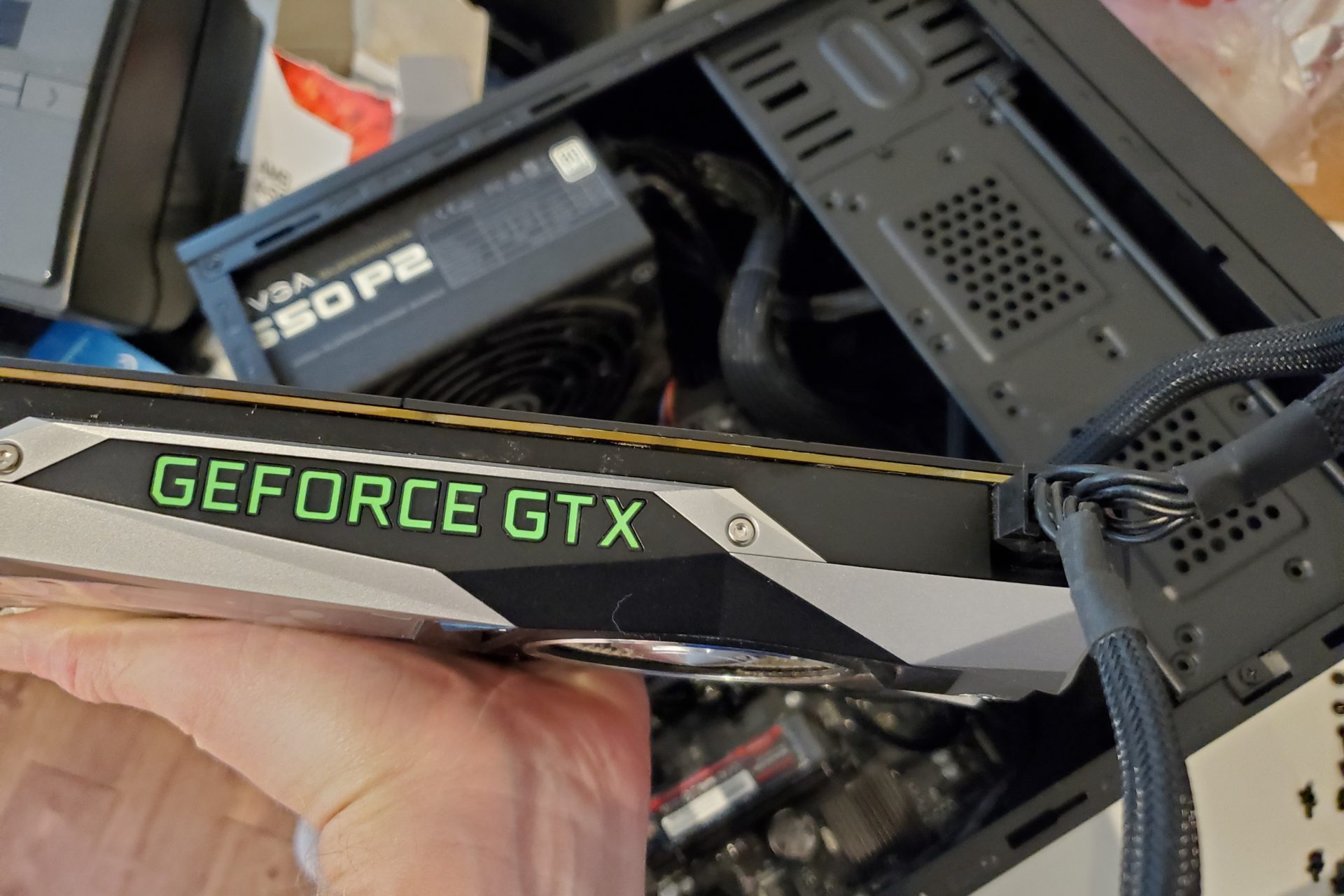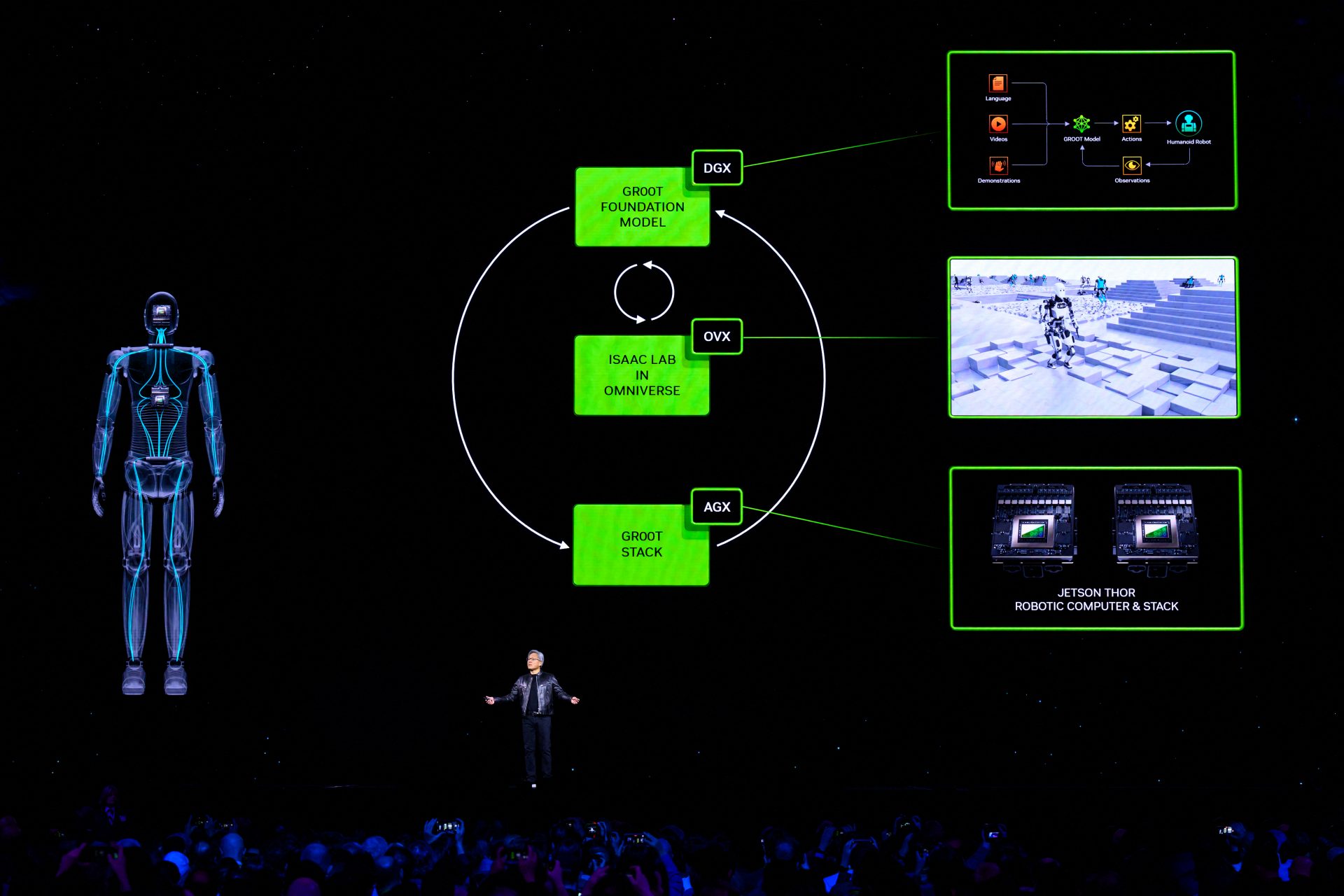Nvidia: the most valuable company on the planet
Nvidia, the technology giant recognized globally for its innovations in graphics microprocessors and, more recently, in AI, has reached a new milestone in its history, surpassing Microsoft as the most valuable company in the world.
Pictured, Jensen Huang, CEO of Nvidia.
According to Bloomberg, Nvidia stands out as Wall Street's "star stock" in 2024. A 147% appreciation in the value of its shares this year reflects its growing influence in the technology market, driven by relentless demand for its chips due to the increase of spending on AI.
While its rivals advanced, Apple seemed stagnant. In recent months, it has been surpassed by Nvidia. Already in the last year, Apple's growth was modest, reaching just 9%. Investors show some reluctance towards their advances in artificial intelligence, which are integrated into their systems and products, but they fail to impress as much as the solutions from Microsoft and OpenAI, CincoDías reports.
According to the same source, the last time Nvidia surpassed Apple in value was in 2002, five years before the launch of the first iPhone. At the time, both companies were worth less than $10 billion each. No one could have anticipated the success they would experience over the next two decades.
Established in 1993 by Jensen Huang, Chris Malachowsky and Curtis Priem, Nvidia introduced its first product, the NV1 graphics processor, in 1995.
Before co-founding Nvidia, Jensen Huang gained key experience at major technology companies. At AMD, he served as director of microprocessor development, and at LSI Logic, he served as chip designer. These positions provided him with solid knowledge and an insightful vision of future technological demands.
Nvidia has constantly innovated since its beginnings in Silicon Valley, initially focusing on improving the graphical experience in video games. In 1999, they launched the GeForce 256, the world's first GPU, revolutionizing three-dimensional graphics in video games.
Nvidia, consolidated in the video game market, diversified its approach by introducing CUDA in 2006. This platform allowed developers to use GPUs (Graphics Processing Unit) for parallel processing in fields such as science and finance, marking its expansion beyond of video games.
Nvidia's success has been based on its continuous innovation, adjusting to market transformations and its dedication to artificial intelligence technology. Nvidia's chips evolved to be programmable, opening up new possibilities such as cryptocurrency mining and taking advantage of the growing interest in AI in research and development.
The rise of artificial intelligence was a turning point for Nvidia. Its GPUs, originally designed for video game graphics, were highly effective in the parallel processing required for training deep neural networks. This innovation led Nvidia to quickly become a leader in AI hardware, supplying its GPUs to technology companies and data centers globally.
Nvidia's impact on the technology industry has been profound, generating growing demand for its products and services and serving as an inspiration for innovation in other companies. Currently, it is estimated that around 80% of the GPUs used by leading companies such as Google and OpenAI to train and operate their language models come from Nvidia.
A notable achievement in this area was the launch of the Nvidia DGX platform in 2016, specifically designed for artificial intelligence research. This platform significantly boosted advances in deep learning, enabling researchers to develop more sophisticated and efficient algorithms.
Nvidia has strengthened its position in the artificial intelligence space through a series of strategic acquisitions. In 2019, the company acquired Mellanox Technologies, a leader in high-speed networking technology. This purchase has strengthened Nvidia's position in the data center market and consolidated its leadership in the AI sector. Pictured is the CEO of Mellanox with his team after Nvidia Corporation agreed to buy the company.
In 2020, Nvidia surprised by announcing the acquisition of ARM Holdings, a firm specialized in chip design, for an astronomical figure of $40 billion. However, this operation is currently on hold due to the regulatory obstacles that must be overcome before being completed.
In 2021, Nvidia launched the GeForce RTX 30 series, equipped with advanced technologies such as real-time ray tracing and artificial intelligence to improve gaming quality and performance. Additionally, the company is focused on the development of software and hardware for autonomous vehicles, a growing market with great potential.
The company has been awarded repeatedly for its innovations and its ability to revolutionize entire sectors. Pictured is Nvidia's Roy Taylor (right) at the Academy of Interactive Arts and Sciences' 11th Interactive Achievement Awards in 2008.
The technological horizon is full of exciting possibilities, and Nvidia remains at the epicenter of this revolution. Its cutting-edge artificial intelligence and data processing technology is not only at the forefront of progress, but also has the potential to completely transform numerous industries in the future.
More for you
Top Stories



